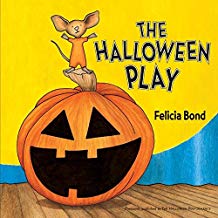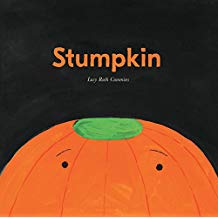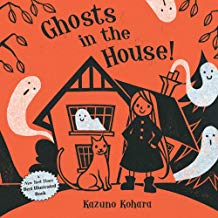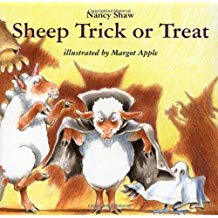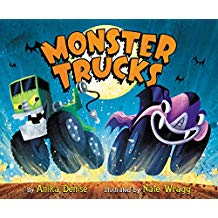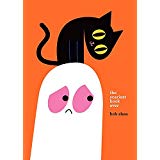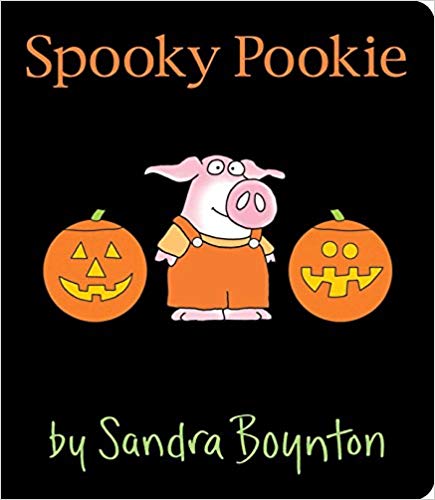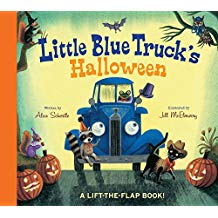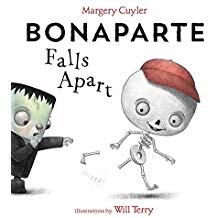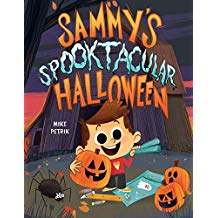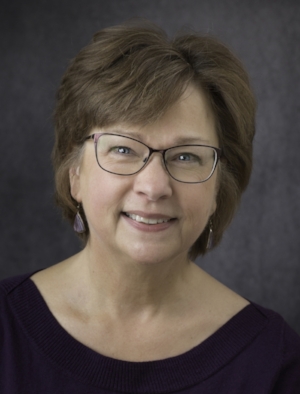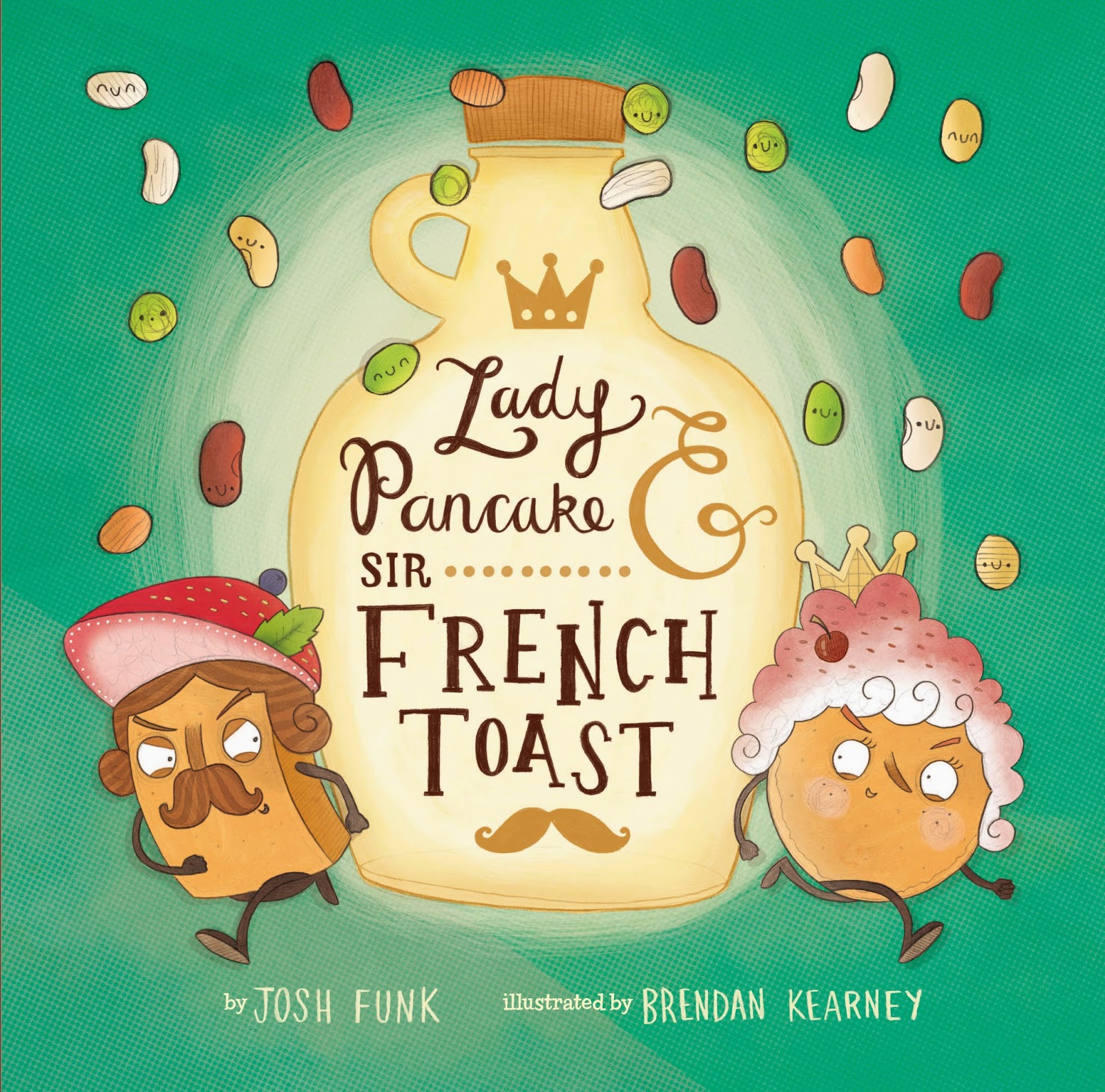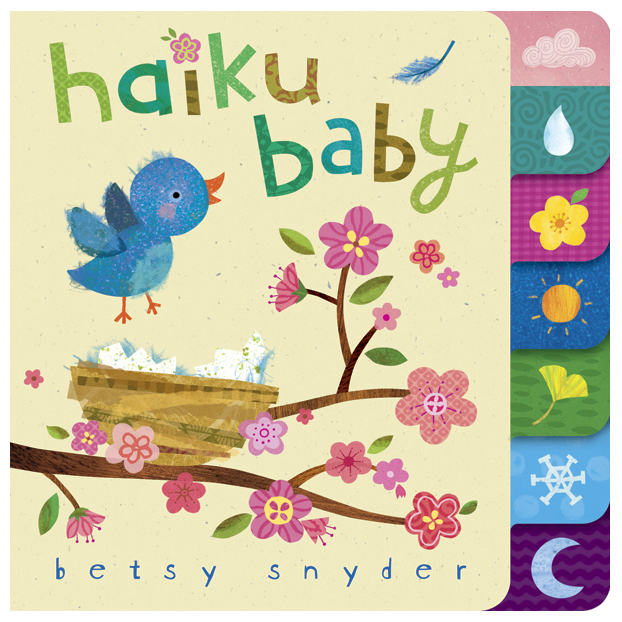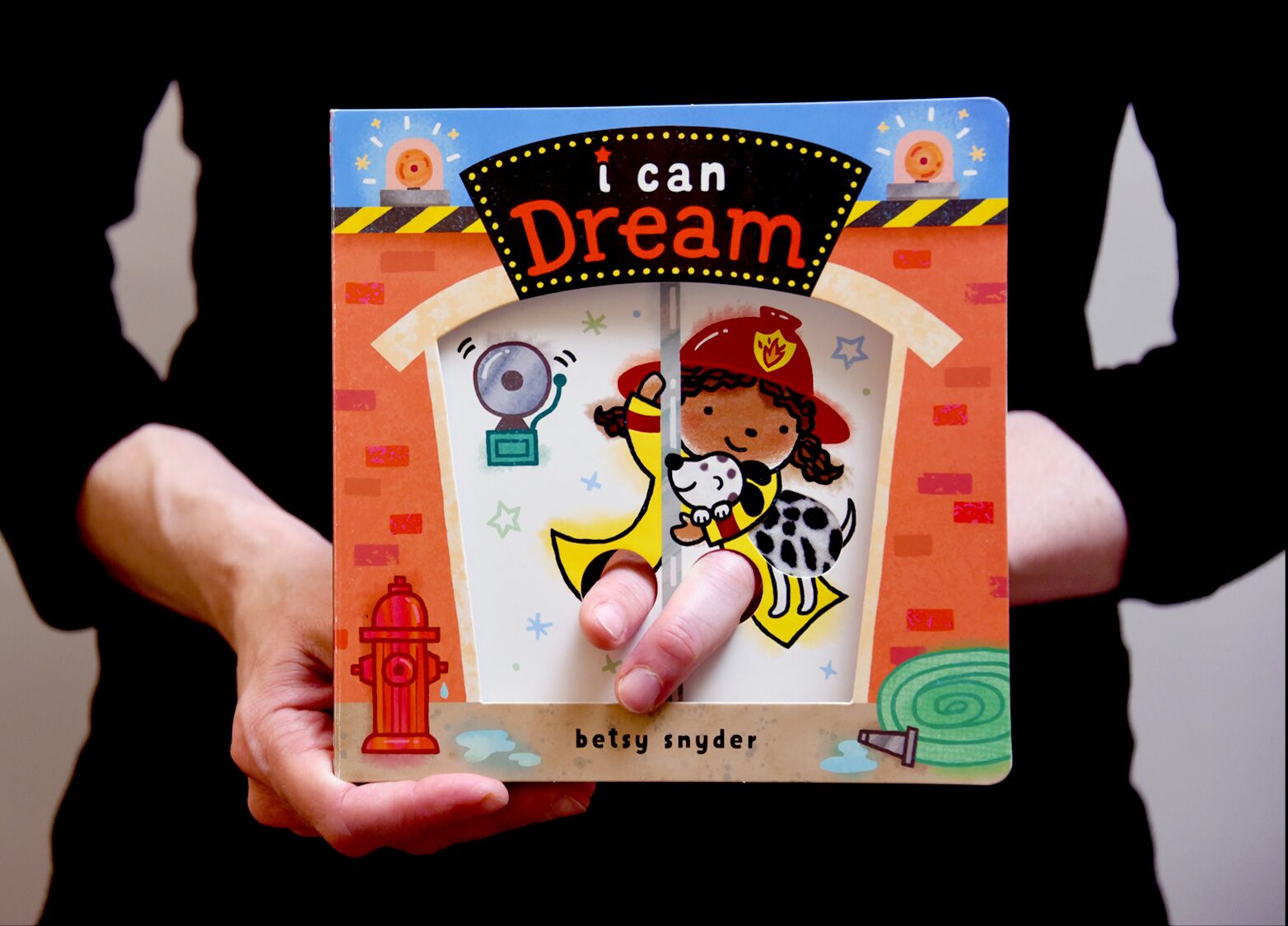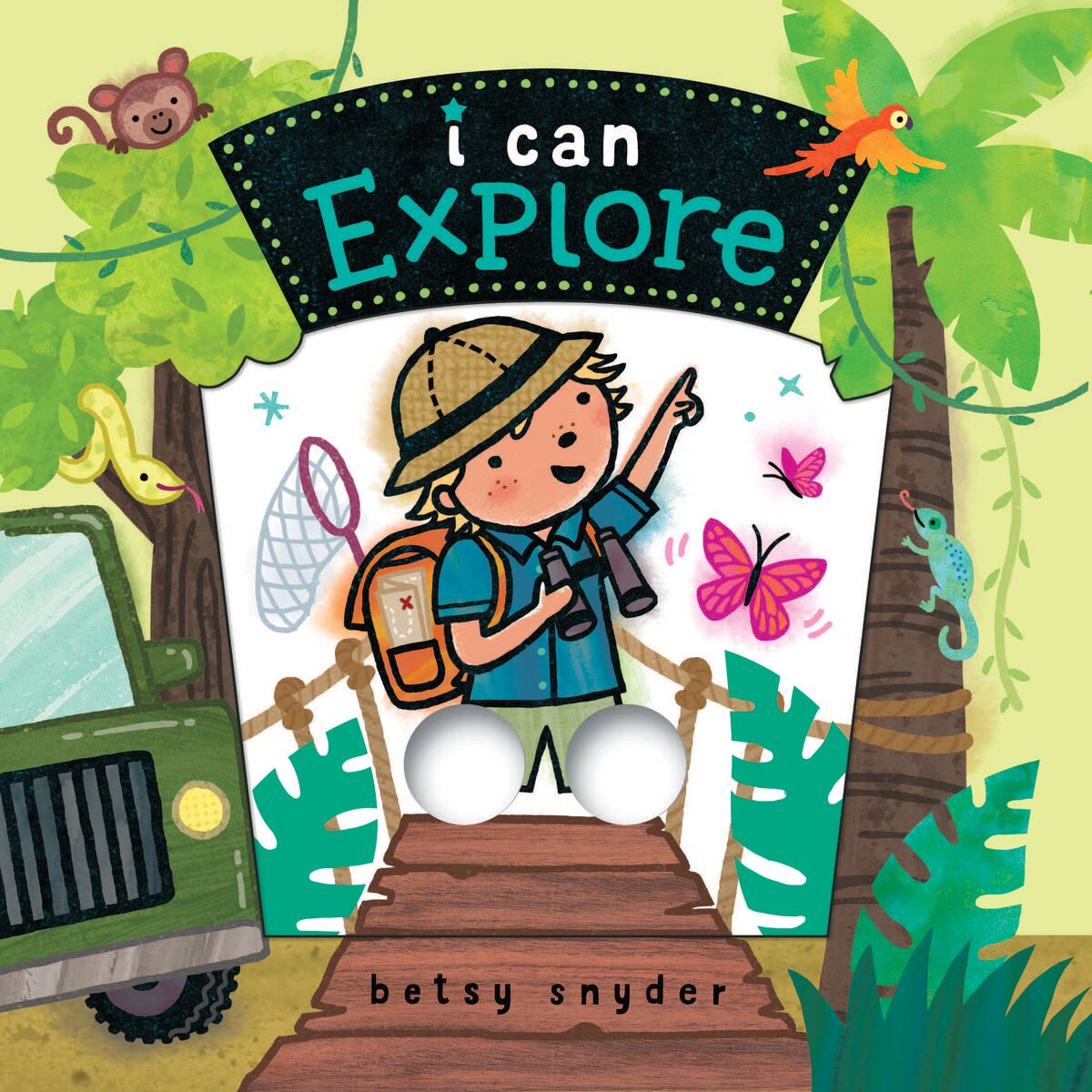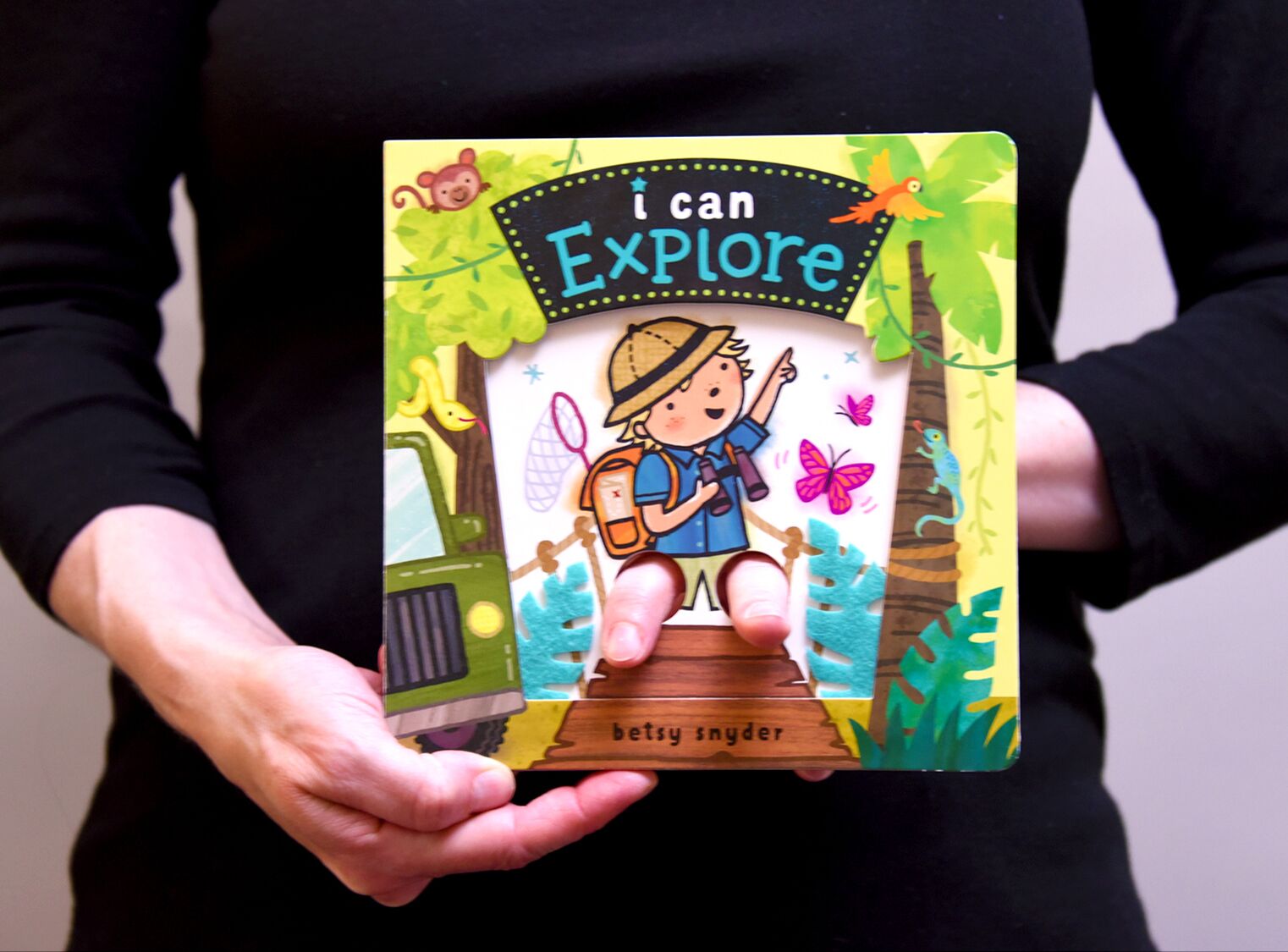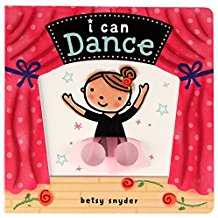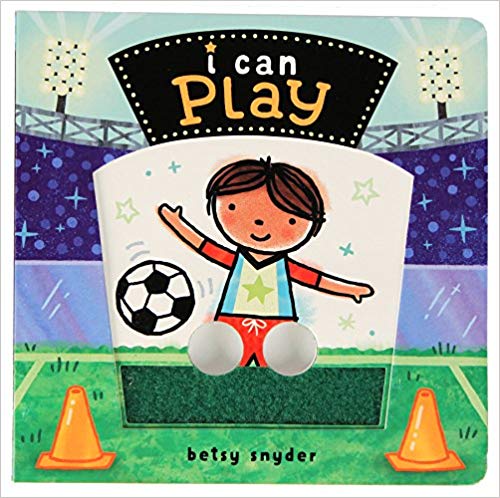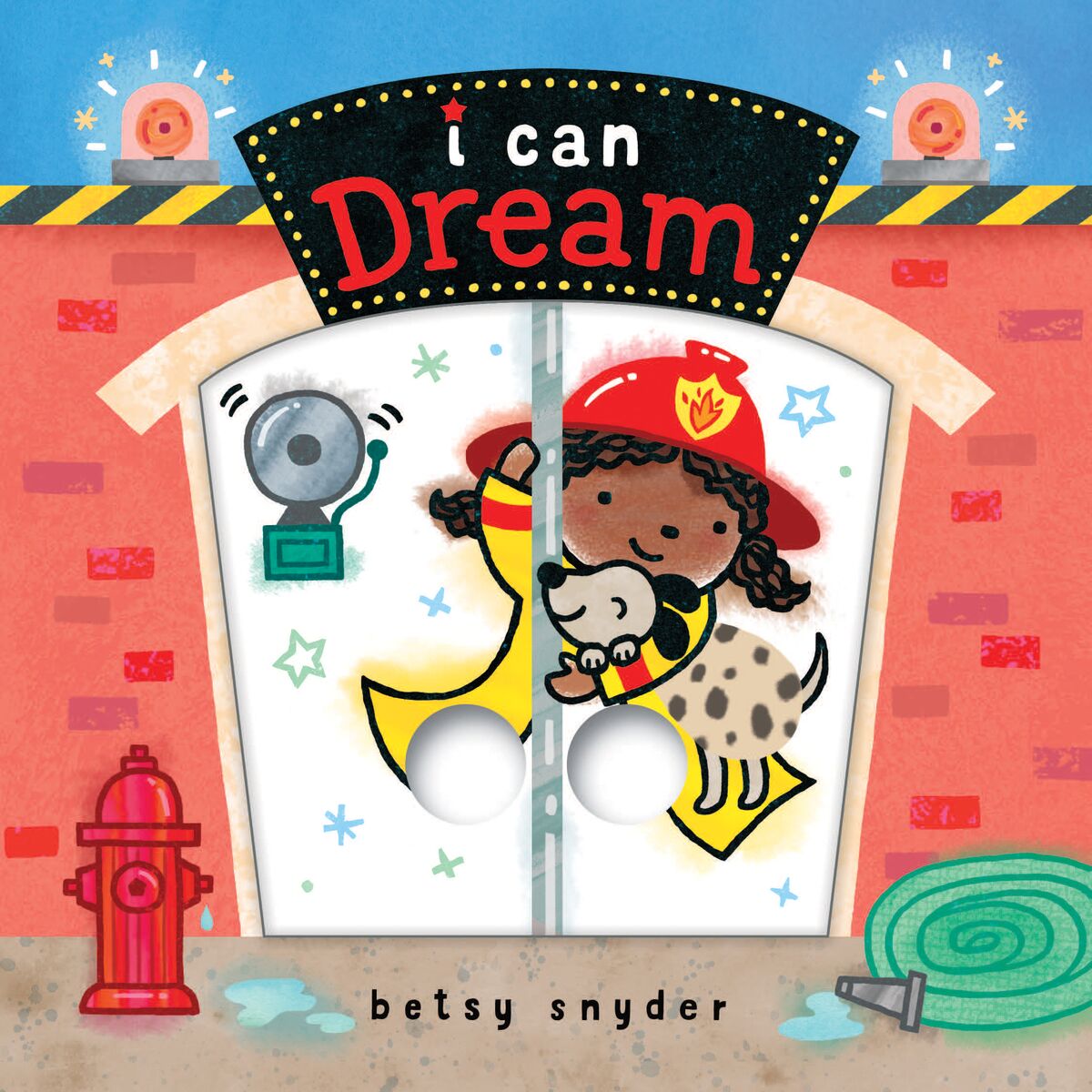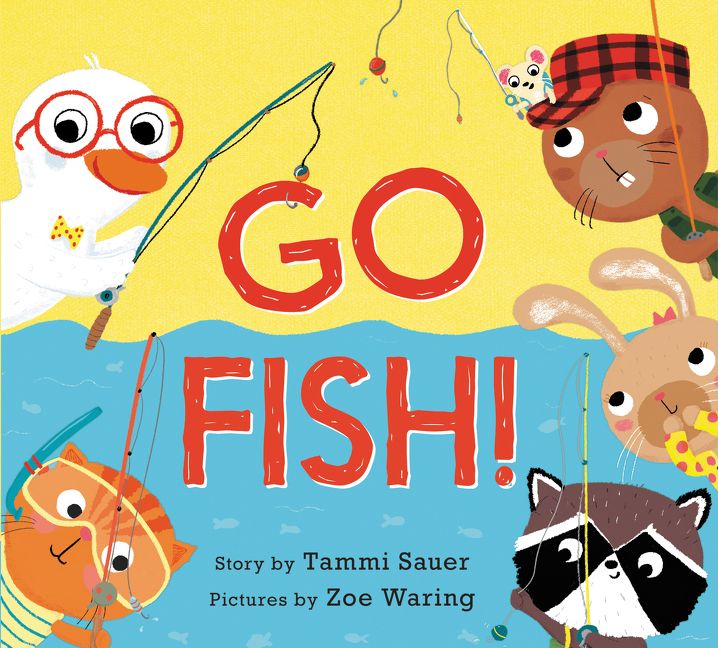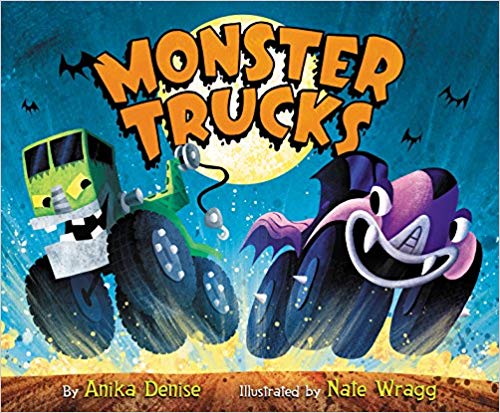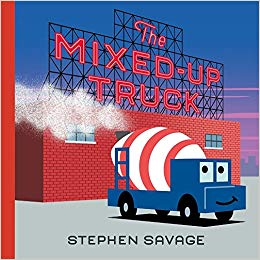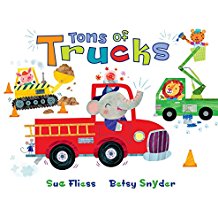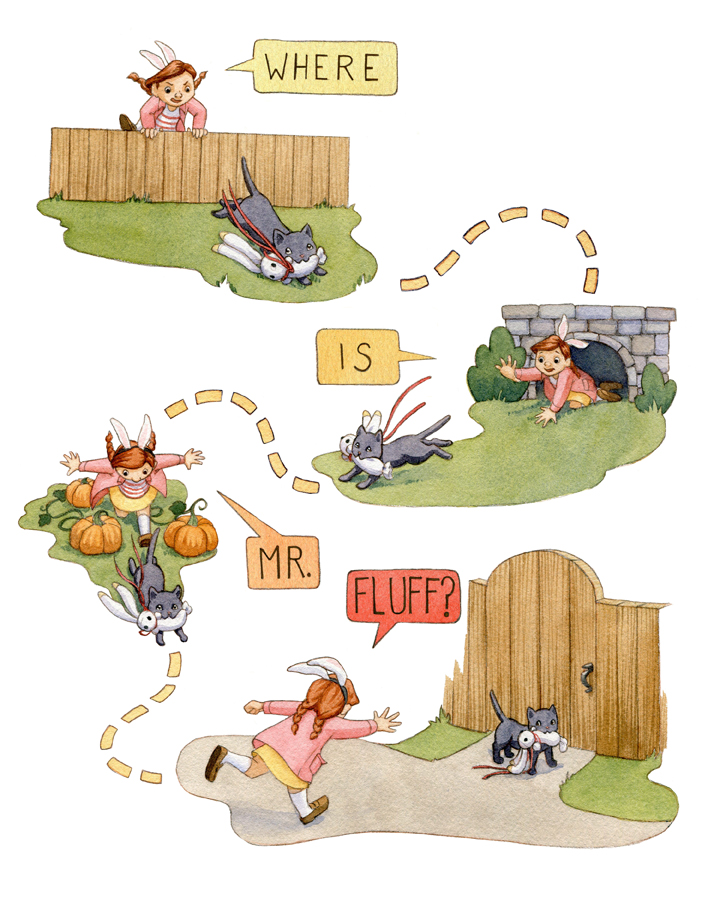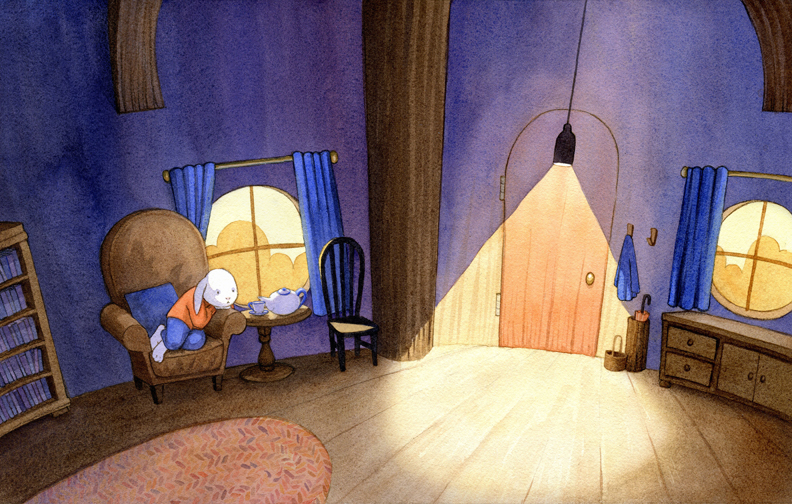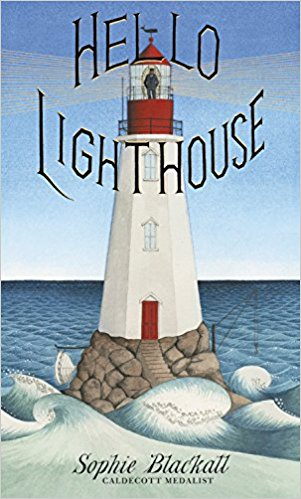Happy Thursday Critters! Today’s craft post is all about fighting the writing.
Being Type-A, I work around a pretty structured schedule, it’s the only way I can get anything done—and I stay pretty busy between all of the plates I’m spinning on any given day. That being said, there are days, more than I would like to admit, where getting words on the page is like pulling teeth. I sit, staring at the computer screen, waiting for something brilliant to come to me, which to be honest, never does when I try to force it. The cursor blinks at me, laughing. Or so it feels…
So how do you pull yourself out of that? How do you sit down and write when it’s the last thing you want to do? The answer is pretty simple, but you’re not going to like it: YOU JUST HAVE TO WRITE THROUGH IT. Write through the fog and the self-doubt and the fear. I’m a firm believer that you have to write a bunch of crap to get to the good stuff. I wish there was a more eloquent way to say that, but I’m sorry, there’s just not. The muse is fleeting and unpredictable, but when she shows up everything suddenly clicks into place and the magic starts to happen. Getting there…well, sometimes it’s hell.
I make the mistake of self-editing while I write. I want it to be perfect the first time I do it, which as anyone who writes knows, is just ridiculous! Writing is revision and inspection and constant consideration. We write because we have too. You wouldn’t put yourself through the agony of it all if you didn’t absolutely have to do it. If it wasn’t apart of who you are, right? Otherwise, you would be miserable constantly.
For me the trick is consistency. Make a commitment to your craft. Do it every day, in some form or another. Now, I say that because I’m not someone who physically writes every day. I tend to be very cerebral with how I work. I used to beat myself up over that, feeling as though I wasn’t writing enough. Conceptually, most of the framework for my books happens in thought, not with actual pen and paper. But I make time for contemplating my work every day, usually on walks with our dog. And when I say contemplating, I don’t mean procrastinating. I mean actual problem-solving. I generally only sit down to write and/or sketch when I feel ready (unless I’m trying to force it, as previously mentioned, which is never a good idea). Sometimes that’s days…months…or years (WHEN BLUE MET EGG is a perfect example of years).
Creatively, everyone works differently. Each manuscript is its own challenge and will require flexibility in variation from you. So don’t do that thing where you go on Twitter and you read about fabulous book deals while your blank document glares at you with its oppressively, blinding light. That certainly won’t help you get to the good stuff. Nor will it inspire you. As much as I love how connective and supportive social media can be, it can also be incredibly distracting and isolating. You have to learn to tune out the white noise. Which I realize is a lot easier said than done. Whether that white noise is you, your peers, or the internet, find a way to unplug and focus on the work.
So now that I’ve told you to make a commitment to your craft, I’m also going to tell you to take a break from it. Often. Creative work, and life for that matter, is all about balance. But it’s really easy to throw yourself off balance and continue stumbling around without even realizing it’s happening. So make time to get away. Experience the world. See new things. Spend time with loved ones. Read a book! Whether it’s for a ten-minute walk or month-long vacation, just step away. I can’t stress the importance of getting out of your own head and re-charging enough.
I’m a list person. They give me a sense of control and accomplishment in my busy life. Which, I know, sounds silly, but it’s oh so true. So I’m going to suggest this: write down your commitments. Your commitment to your craft and to taking a break. How much time will you allow yourself for both? Make a note of that. Then try to stick with it. I find that writing it down makes it more important and real. Preferably in a place where you can see it, first thing, every day.
I know how easy it is for life to get in the way. Day jobs, relationships, kids— they all require precious amounts of your time. But if you are really serious about writing (and/or illustrating) you have to make time for it amidst everything else. Because you have to. It’s what you are passionate about, right?
So go out there and write some good stuff!
Until next time…
Happy Writing!
Lindsay
What’s up on deck? Tune in next week for an interview with author/illustrator and art director at Simon & Schuster Books for Young Readers, Lucy Ruth Cummins!


